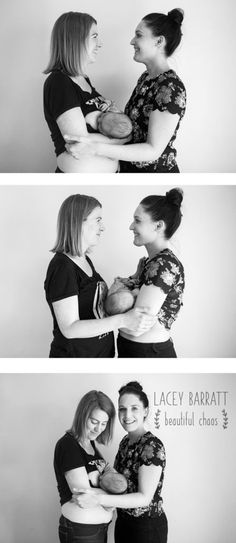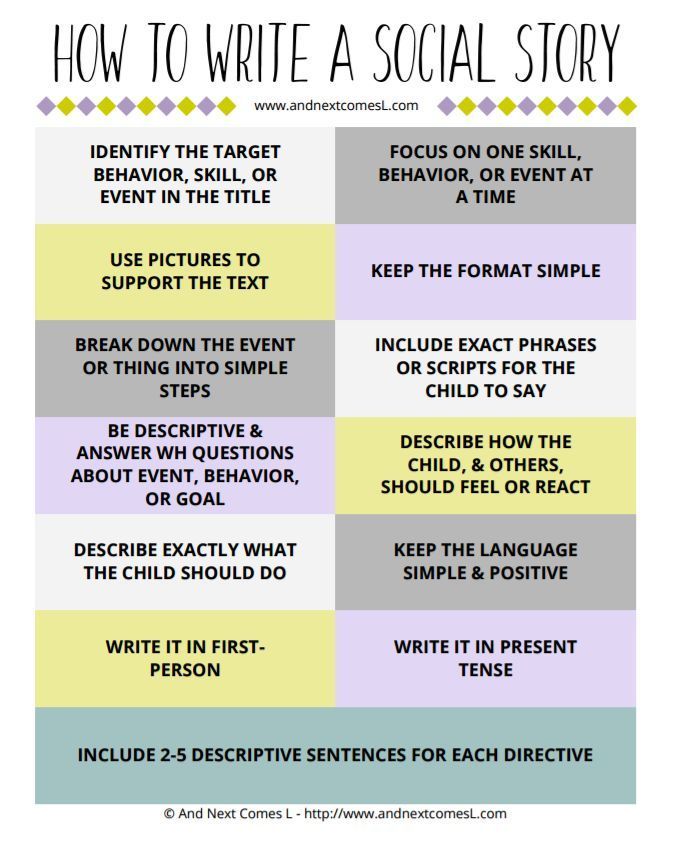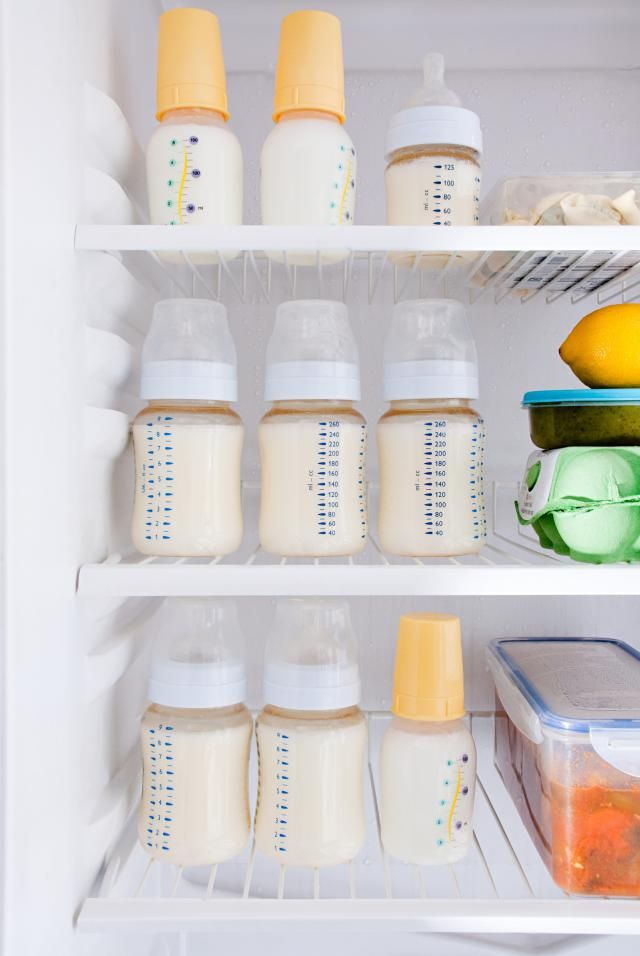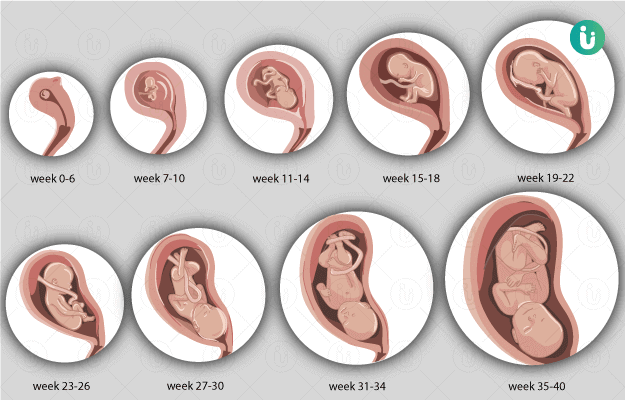Lesbian couple trying to have a baby
Options and Considerations for Building Your Family
The route you choose to add a child to your family will be unique to you and your circumstances.
You may be entering parenthood on your own. Sometimes one partner desires to be a biological parent, while other times both partners desire to eventually conceive and carry, which can increase your chances of a successful pregnancy. Alternatively, sometimes neither partner wants to be pregnant, instead preferring to adopt, foster, or find a surrogate.
There’s no right or wrong way to make a family, so what you choose boils down to your personal preferences and other factors like cost.
IUI
Intrauterine insemination (IUI) involves one partner choosing to become pregnant using her own eggs. The process uses donor sperm that’s inserted into the uterus using a long, skinny catheter. Sometimes doctors use fertility medications to support ovulation and implantation.
Either way, the hope is that the sperm reaches the egg after the procedure and results in a pregnancy.
Things to consider include the following:
- IUI may not be covered by your health insurance. According to a fertility clinic estimator, costs can range from a few hundred dollars to over $4,000 for a single cycle.
- Costs will also depend on whether the procedure includes the use of donor sperm, extra monitoring, fertility medications, and other necessities, so contact your local fertility clinic for more information.
- Your fertility, which takes into account your age and ovarian reserve, among other factors, will affect the procedure’s success rate.
- You may use a known or unknown sperm donor.
- Multiples are a possibility when using fertility medications to stimulate egg production.
The overall success rate of IUI varies depending on many factors, including any underlying fertility issues, the type of sperm used, and other considerations like your age and overall health.
That said, a 2014 study found that success rates among lesbians using fertility treatments were comparable to those of heterosexual women.
There’s also the option of at-home insemination, which can allow you to use IUI for conception in a less clinical setting and for a lower cost. While that may sound appealing, it’s important to know that this method comes with its own challenges and concerns, and it’s not subject to the same health regulations as insemination conducted in a clinic.
IVF
In vitro fertilization (IVF) involves fertilizing an egg or eggs in a lab setting with fresh or frozen donor sperm. As with IUI, you may choose to use a known or unknown sperm donor. With IVF, there’s also the option to use donor eggs, if desired.
To embark on an IVF cycle, one partner injects medications to stimulate her ovaries to produce mature follicles (eggs). Your doctor will retrieve the eggs from the ovaries and then fertilize them with sperm in a lab.
From there, another round of meds will help prepare the uterus for implantation. One or several embryos are then transferred to the uterus to hopefully implant and result in pregnancy.
Things to consider:
- The entire process takes around 3 weeks to complete.
- According to a fertility clinic calculator, IVF costs between $4,700 to $30,000 per cycle. It may not be covered by your insurance.
- IVF success rates vary depending on your age, health status, fertility, and other factors. Your clinic may have specific numbers to share with you regarding its success rates.
- Multiples are a possibility when transferring more than one embryo.
Another possibility is something called reciprocal IVF. With this process, one partner donates the egg for the procedure, while the other partner carries the pregnancy.
This way, both partners are able to participate in the pregnancy in some way. The process is similar to traditional IVF, except both partners will need to take oral contraceptive pills to synchronize their cycles before the subsequent procedures take place.
Surrogacy
If neither partner wants to be pregnant, or one or both has fertility issues, you might consider surrogacy, which can involve hiring either a gestational carrier or traditional surrogate.
These options involve contracting a woman to undergo IVF using either your egg, hers, or a donor’s, as well as donor sperm, to create one or more embryos. She’ll carry the pregnancy, deliver the child, and then you’ll obtain parental rights as written out in the legal agreement.
Surrogates contracted through an agency must meet certain criteria. They must have a healthy body mass index (BMI) and be between the ages of 21 and 40.
In addition, they have to have carried at least 1 pregnancy to term, and their pregnancy history must be free of complications. Surrogates also go through medical and psychological screenings to ensure they’re fit for the task.
As you can imagine, the cost of surrogacy can get quite steep. For example, West Coast Surrogacy shares that total costs may range between $90,000 and $130,000. The money you pay will cover things like the surrogate fee, medical fees, legal fees, and other areas up to your discretion, such as a maternity clothing stipend.
You can also use a friend or family member as a surrogate. However, she should meet basic health requirements and undergo screenings as well. And be sure to draft up a contract and work with lawyers to protect yourself from sticky legal situations later on.
The cost varies — if your friend/family member is doing this as a favor, you’ll still need to pay medical bills and other fees.
Adoption or fostering
Many children worldwide need homes. If you don’t feel that biological relation is necessary for your family, you might give adoption a closer look.
There are several types of adoption to consider, including the following:
- Public. This involves adopting a child through the United States child welfare system, which includes children as young as infants and up to teenagers. You may also notice children with special needs or older children who may be more difficult to place than healthy babies. There’s very little expense involved with adopting this way, and you may even be eligible for certain subsidies or deductions.
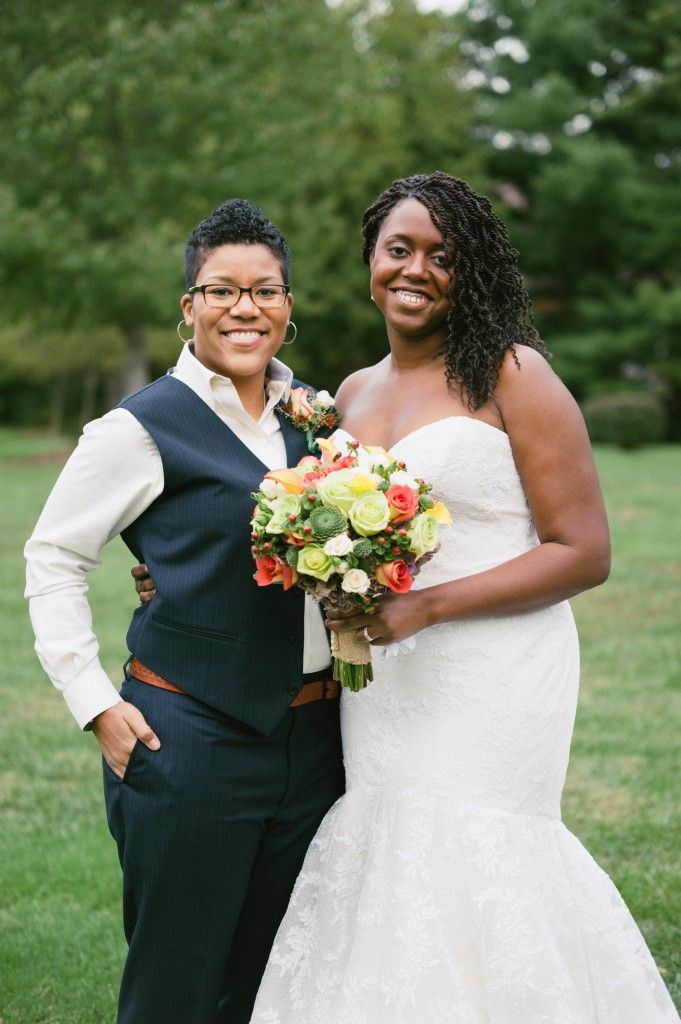
- Private. This involves adopting a child through a private agency. It may cost $20,000 to $45,000, but this will vary depending on your specific agency. There may also be other costs, such as home study fees, added on top of the overall cost. While this option is more expensive, you may have more control over the type of child (age, race, etc.) you adopt, if that’s important to you.
- International. This involves adopting a child from another country. Keep in mind that not all countries allow lesbians to adopt, so do your research. There may be less information about the physical and mental health of children adopted from other countries. Costs range between $20,000 and $50,000. Again, these will vary and may be higher or lower depending on certain fees, travel expenses, etc.
On the other hand, fostering involves taking in a child in the foster care system, with the goal that the child eventually be reunited with his or her family. This happened in roughly half of the cases in 2018.
This happened in roughly half of the cases in 2018.
This is a temporary placement, and the length of time will vary on a case-by-case basis. Your role involves less of being a primary parent and more of being a support parent to the birth family and child when they’re separated from each other.
While this isn’t what every person has in mind when considering growing their family, even temporary care is a valuable way to provide structure and love for a child —and it can be very rewarding.
Furthermore, there are some cases in which parental rights are terminated and children in the foster care system need adoptive families.
You’ll want to check your state laws regarding both adoption or fostering. Not all states have explicit laws protecting against discrimination based on sexual orientation. You can plot your state on this map to see whether there are protective laws in place where you live.
Intercourse with a partner with a penis
While it may not exactly sound appealing to have penetrative sex with a partner with a penis, you might be surprised to learn that some lesbian couples choose this route to pregnancy.
For one, it takes out doctor visits, monitoring, and other medical stuff you may not be comfortable with. In short: It makes the process less clinical. Plus, it costs less.
Still, you aren’t any more likely to get pregnant the “old-fashioned” way. And it may not be something you’re comfortable doing, and that’s OK.
If you’re interested in this method, know that timing is everything. What ups the odds of conceiving is knowing your menstrual cycle and when to time intercourse. This means having sex in your fertile window, which is from a few days before you ovulate through ovulation day. Using ovulation predictor kits (OPKs) may help you best determine the days to have sex.
(Related: Baby making 101: How to get pregnant faster)
Your head may be a bit dizzy with all this information. Still, it’s important to mention that there are concerns to keep in mind with all these routes. Weighing the pros and cons can help you decide which one is right for your family.
Overall cost
The fees range broadly with these options, and some can get quite expensive, especially if you have to do several procedures to achieve pregnancy. Take a frank look at your bank account and discuss what you can realistically afford with your partner.
If you don’t have all the money upfront, you might consider taking out a loan, applying for a grant, or fundraising.
Legal issues
Laws for gay and lesbian parents vary depending on where you live. When you embark on an adoption, second-parent adoption (for the non-biological parent with procedures like IUI and IVF), or surrogacy journey, you’ll want to be aware of your state’s laws as they apply to your unique situation.
Contact an adoption or surrogacy agency near you for more information specific to where you live. Whatever the case, you’ll want to hire a lawyer with experience in adoption or reproductive law to help guide you through the process.
You can also read more online about securing legal ties for children living in LGBT families.
Medical issues
As you delve deeper into your journey, you may learn that having a baby isn’t as simple as introducing egg to sperm. Even if an embryo is directly placed in the uterus, it still has to implant and grow. There’s a bit of magic to it all — despite all that doctors can do using science.
What’s more, a lot of factors are at play during the conception process. Anything from age to fertility to pure luck may affect any given cycle. That may feel especially hard if you’re spending a lot of money and getting your hopes up. Try your best to accept that it make take several attempted cycles to get a positive pregnancy test.
Your emotions
Of course, dealing with unknowns means you may be in for an emotional rollercoaster — excitement one minute, anxiety the next, sadness the next, elation when it finally works out. Phew! Buckle up for the ride and be sure to check in with your partner about her emotions, too.
Remember that you’re in this together. No matter how things work out, you’ll have each other in the end. You might consider seeing a couples therapist or — at the very least — surrounding yourself with a strong support network of family and friends during this time.
No matter how things work out, you’ll have each other in the end. You might consider seeing a couples therapist or — at the very least — surrounding yourself with a strong support network of family and friends during this time.
(Related: The best LGBTQIA blogs of 2020)
The good news is that same-sex couples have a variety of options if they want to grow their families. However, there are benefits and considerations with each route. As such, don’t rush into anything without taking the time to look at the whole picture.
Consider meeting with a few doctors or agencies before choosing what’s ultimately right for you and your family. These professionals have been through it all and can help you understand the medical processes, costs, and success rates, as well as field questions about any other concerns you may have.
4 Lesbian Pregnancy Options to Consider (TTC Guide)
With more pathways to parenthood than ever before, a growing number of LGBTQ+ people are starting families or want to have children. In fact, research has found that over half of LGBTQ+ adults either have children or would like to have them.
In fact, research has found that over half of LGBTQ+ adults either have children or would like to have them.
It’s no surprise that more and more people are exploring how lesbian couples can have a baby and what their options are. In this post, we’ll look at 4 different lesbian pregnancy options to consider including how they work, costs involved, and most importantly, success rates.
If you’re looking to compare lesbian pregnancy options or options for lesbians who want to get pregnant, we’ve done the legwork for you. Read on for our guide on how lesbian couples can have a baby!
How can lesbian couples have a baby?
There are a number of options available for lesbian couples who want to have a baby and lesbians who want to get pregnant. Options to explore include artificial insemination, in vitro fertilization (IVF), sperm donation, or even egg and embryo freezing (for fertility options down the line).
For same-sex couples that don’t want to be physically pregnant that don’t there are other options including surrogacy, adoption, or fostering. There is no right or wrong way to have a baby and in the end the path you choose to build your family will be unique to you and your situation. There are a lot of things to consider when having a baby and factors like personal preference and cost may also play a big role.
There is no right or wrong way to have a baby and in the end the path you choose to build your family will be unique to you and your situation. There are a lot of things to consider when having a baby and factors like personal preference and cost may also play a big role.
Lesbian pregnancy options
The main biological pregnancy options for lesbians are intruterine insemination (IUI) or in vitro fertilization. Which option you choose will depend on your age, fertility health, and of course what works best for you and your life.
IIntrauterine insemination (IUI)
How it works
In this fertility procedure, concentrated motile sperm are inserted directly into a woman’s uterus in the hopes of successful fertilization. While it’s not appropriate for all women, it is less expensive and invasive than IVF making it a popular choice. The procedure is usually done with a fertility provider but at-home insemination is on the rise. Home insemination works best with fertility tracking to confirm timing.
Success rate
Overall success rates for IUI depend on many personal factors like your age, overall fertility health, and the type of sperm used. For women under 38 years old, the chances of conceiving through IUI with no drugs are 1 to 5 percent. Success rates among lesbians are comparable to those of heterosexual couples. When drugs are used to stimulate ovarian reserves, the chances of conceiving rise slightly to anywhere between 4 and 10 percent.
How much it costs
Costs for IUI can vary dramatically depending on what is needed in your situation. Donor sperm, fertility medications, and even treatment procedures or monitoring will contribute to the overall cost of this procedure. A typical cycle can range from $500 to $4000 and will depend on multiple factors including insurance coverage.
Other things to consider
IUI may be a great route for lesbians who want to get pregnant but there may be other factors for you to consider before making your decision. IUI usually take more time, has a higher chance of multiples per pregnancy, and ends in more miscarriages than IVF.
IUI usually take more time, has a higher chance of multiples per pregnancy, and ends in more miscarriages than IVF.
In vitro fertilization (IVF)
How it works
In vitro fertilization (IVF) is a fertility procedure that involves a lab setting to fertilize an egg (or eggs) with sperm. An IVF cycle consists of diagnostic testing, stimulating the ovaries to produce mature eggs, retrieving those eggs and fertilizing them in a laboratory before then transferring the resulting embryo(s) into the uterus.
Success rate
Success with IVF can depend on many factors including the causes of infertility as well as the woman’s age. Generally the younger the woman, the higher her odds of conceiving through IVF but success rates vary depending on your age and overall health.
How much it costs
Due to the nature of this procedure and the medical interventions involved (like surgical egg removal) the costs for IVF can be big and for some this may be prohibitive. According to online fertility calculators, costs can range from $4,700 to $30,000 per cycle.
According to online fertility calculators, costs can range from $4,700 to $30,000 per cycle.
Other things to consider
IVF is an involved procedure and the entire process can be time consuming and expensive. Success rates vary widely and it may or may not be covered by your insurance. Multiples are also a possibility with this procedure as it’s common that more than one embryo is transferred.
IVF offers the unique possibility for both women to be involved with something called reciprocal IVF which means that both partners participate in the procedure by either donating eggs or carrying the pregnancy.
Non-biological options for lesbian pregnancy
Surrogacy
How it works
Surrogacy is an arrangement where another woman carries the baby for the duration of the pregnancy until birth. A traditional surrogate donates her own eggs and carries the pregnancy for someone else while a gestational carrier simply carries the pregnancy and delivers the child.
Success rate
Surrogacy success rates vary greatly depending on your personal situation and the health of the carrier. Fertility centers in the US have a success rate of about 75% but that number will vary greatly depending on your own personal situation. The health of the surrogate, eggs used, as well as other factors will all play a role. The odds are favorable once the surrogate is actually pregnant though, with an approximately 95% chance a healthy baby will be born.
How much it costs
Costs for surrogacy can range greatly depending on where you live and the type of surrogacy you choose. In some places, payment to the surrogate is illegal, but you must also take into account health care costs, legal fees, and other costs such as transportation. One clinic even breaks down what the cost of surrogacy could look like in the US but it’s important to note these are only a guideline and your own situation will be different.
Other things to consider
Surrogacy isn’t a guarantee of pregnancy and the usual issues can arise like complications or even miscarriage. The pregnancy may also result in multiples and there are legal issues to consider as well as medical and psychological screenings for the surrogate. Pursuing surrogacy can be a complicated decision with many factors at play.
The pregnancy may also result in multiples and there are legal issues to consider as well as medical and psychological screenings for the surrogate. Pursuing surrogacy can be a complicated decision with many factors at play.
Adoption/Fostering
How it works
There are several types of adoption available ranging from public to private to international. A public adoption is done through your local child welfare system whereas a private adoption is usually done through an agency. An international adoption is where you adopt a child from another country.
In the case of fostering, you take in a child from the foster care system on a temporary basis. The goal in fostering is for the child to eventually be reunited with their family, but will vary on a case-by-case basis.
Success rate
It’s hard to compare the success rates of other procedures to adoption or fostering. Unfortunately not all jurisdictions have laws protecting discrimination based on sexual orientation and this can be a prohibitve factor. We do know that same-sex adoption is on the rise and that same-sex couples are more likely to adopt or foster.
How much it costs
The costs involved in adoption or fostering will depend on the type of situation you choose. Public adoptions usually involve little expense whereas private and international adoptions can average between $20,000 and $50,000. Your costs will depend on the fees and travel of your specific situation.
Other things to consider
Not all countries allow adoptions by same-sex couples so international adoption may not be an option if you choose to reveal your sexual orientation. The steps for becoming an adoptive parent or a foster parent can take additional time, even years, before finding a match, not to mention the emotional toll the process can take. Every process is unique and will depend on the resources available to you.
Things to consider with lesbian pregnancy options:
Cost
The costs for lesbian pregnancy options are quite variable depending on which route you choose. Fees range greatly and can add up quickly with multiple procedures or appointments. Even without assisted reproductive technology like IVF, lesbians may still need to work with lawyers or other agencies to ensure their legal rights adding additional fees to any approach. There are grants and charities designed for LGBTQ+ family building as well as many guides to funding your lesbian pregnancy options or path to parenthood.
Fees range greatly and can add up quickly with multiple procedures or appointments. Even without assisted reproductive technology like IVF, lesbians may still need to work with lawyers or other agencies to ensure their legal rights adding additional fees to any approach. There are grants and charities designed for LGBTQ+ family building as well as many guides to funding your lesbian pregnancy options or path to parenthood.
Legal
Unfortunately, same-sex couples can still face legal issues when it comes to pregnancy options. In some areas of the world same-sex parents will have the same entitelements as everyone else, whereas in other areas they are still fighting for equal rights. You’ll want to be aware of the local laws as they apply to your situation and secure any legal ties necessary for your family.
Medical
On paper it may seem as simple as introducing an egg to sperm, but there’s more to having a baby than that. Medical issues with the woman or the fetus could arise, not to mention any other fertility factors at play before you are successful.
Emotional
Regardless of how you conceive, planning for a baby can be an emotional rollercoaster. Complicated factors can all come together to make the process emotionally taxing and it can be especially frustrating if you hit any roadblocks along the way. Finding support for both you and your partner that you can rely on is key.
Lesbian pregnancy FAQs
How much does it cost for two females to have a baby?
The price of parenthood is highly variable for lesbian couples. The cost will ultimately be determined by which path you choose but depends on a number of factors like medical procedures involved, time off work, travel, and legal fees to name a few.
Who can be a surrogate for a lesbian couple?
The qualifications to be a surrogate are the same for every couple regardless of sexual orientation. Surrogates must have carried at least 1 pregnancy to term and have a history free of complications, as well as undergoing other medical and psychological screenings. Agencies may have their own set of criteria for screening surrogates that have additional requirements.
How many IUI cycles does it take to get pregnant?
IUI success rates depend on many different factors and it is impossible to say how many cycles it will take to get pregnant. Repetition plays a role and generally the more cycles you undergo, the higher your chance of pregnancy; however, it does begin to lose its effectiveness. IUI is not appropriate for all women though, and attempting IUI regardless of any contraindications would have little success. Consulting with a fertility specialist is the best way to determine if IUI is right for you.
90,000 Lesbian couple took turns carrying their baby for the first time 90,001 90,002 In the US, lesbian couples became the first same-sex couple to take turns carrying their child. This was made possible thanks to the new IVF technology, in which the embryo is placed not in an incubator, but in a woman's body. The boy was born perfectly healthy, and soon another lesbian couple repeated this experience.
A Texas lesbian couple took turns carrying the same baby. This is the first such case in medical practice.0005 ABC .
Ashley, 28, and Bliss Coulter, 36, met six years ago and got married in 2015. They both expected to have a child in the future, while Bliss wanted him to be biologically hers, but the prospect of walking pregnant did not attract her.
Usually, in the case of lesbian couples, donor sperm is used, with which doctors fertilize one of the women, and after the birth of the child, the second adopts him.
But since the eggs were to be taken from Bliss and Ashley was going to carry the baby, this was not an option for them.
From acquaintances they learned about a new IVF method, practiced in only one clinic. Usually, during IVF, fertilized eggs are placed in an incubator for several days, after which they are transferred to the uterine cavity. But reproductologists Katie and Kevin Doody have developed a new technology - with it, fertilization occurs in a special plastic capsule, which is then immediately placed in the body of the expectant mother. There, the embryo is warm and protected from external influences. Then, a few days later, the embryo is removed from the capsule and transferred to the uterus.
There, the embryo is warm and protected from external influences. Then, a few days later, the embryo is removed from the capsule and transferred to the uterus.
This approach makes it possible to reduce the cost of IVF by more than half, as it eliminates the need for incubation of the embryo in the laboratory. It is necessary, because the embryo does not yet have the internal organs - the liver, kidneys and lungs - necessary for the elimination of toxins.
“It turns out, not surprisingly, that a woman's own body is a very good incubator,” explains Cathy Doody. “We have a liver, kidneys and lungs, so we can provide the same services to the embryo, but in a more natural way.”
The new method has been practiced as recently as 2015. Usually, the same woman becomes both the egg donor and the mother. But in the case of Bliss and Ashley, the capsule was first in Bliss's body, and then the embryo was placed in Ashley's uterus.
“This case is special - two women carried their child together,” says Doody. “Everyone contributed to this pregnancy.”
“Everyone contributed to this pregnancy.”
“When we talked to Doody, she was very confident that she could do it. She gave us hope. It was very exciting,” says Ashley. “The idea that we could both bear a child was hers, she suggested insemination inside Bliss's body. We laughed and I said - wow, so she will carry him too.
Bliss underwent ovarian stimulation, her cells were fertilized with donor sperm and placed in a capsule. The capsule remained in Bliss's body for five days, until the fertilized eggs developed into the blastocyst stage. The embryo was then frozen and Ashley began preparing for the pregnancy. When she began her period, she received hormonal drugs designed to trick the body. The doctors then implanted one embryo into her uterus. And after 10 days, the pregnancy was confirmed from the first time.
“Bliss jokes that she has golden eggs,” Ashley laughs.
9 months later, in June 2018, she gave birth to a healthy boy weighing 3,700. The couple named their son Stetson.
“The moment he was born, I felt like the happiest person in the world because he was perfect,” recalls Ashley. “When I look at him, I see my wife in him. It's priceless".
Although the couple is extremely happy with one child, Ashley hopes that she can talk Bliss into having a second one - they still have two frozen embryos left.
Dr. Doody notes that the method of insemination used allows lesbian couples to have a unique bond with their children and makes pregnancy more natural. Previously, she and her husband practiced it only for heterosexual couples.
“We were talking at home one evening and I said, you know, we could use this for same-sex couples too. And Kevin said yes, I think you're right. I think we can do it."
After Bliss and Ashley, Doody was approached by another couple who went through the same procedure. Their daughter was born shortly after Bliss and Ashley's son.
When the procedures became known, Doody faced criticism from religious adherents who said that science was contrary to their beliefs.
“Well, with all due respect, I disagree,” Cathy replied. - I think that family, relationships, children - this is exactly what should be in our world. Nobody knew it was possible, but it all worked out great.”
A child in a same-sex family: how it is
Everyone knows how a child appears in a traditional family. And how do lesbian couples get out of the situation, for example? In developed countries, the so-called "shared maternity" is becoming more and more popular, when both women are involved in the process. Here's how it happens.
Vita Zorina
Tags:
Children
Motherhood
Pregnancy
The whole truth about...
Homosexuality
GettyImages
How to split motherhood in half
One partner gives an egg, which is fertilized with the donor's sperm, then the embryo is implanted in the uterus of the second woman. She is carrying a child. Thus, both are involved in the process: for one it is a biological child, for the other it is a gestational one. British statistics, which we will talk about a little later, show that an increasing number of lesbian couples then come to the second procedure, switching roles.
She is carrying a child. Thus, both are involved in the process: for one it is a biological child, for the other it is a gestational one. British statistics, which we will talk about a little later, show that an increasing number of lesbian couples then come to the second procedure, switching roles.
This process is not new - it is over 20 years old and it all started in the British London Women's Clinic. Separated motherhood is also called partner-assisted reproduction, intrafamilial egg donation, and mutual fertility.
How effective is this method?
Six year study published on Reproductive Biomedicine Online based on 141 fertilization cycles involving 121 couples. A total of 172 embryos were transferred, and the survival rate is already above 60%.
What are the benefits?
Obviously, this is a good solution for those who want to make the child, so to speak, as general as possible. Both women take part in the process, getting real emotional pleasure from it.
Both women take part in the process, getting real emotional pleasure from it.
Separated motherhood is also convenient if the couple has a significant age difference. Then the younger one gives an egg (with less likelihood of genetic and other problems), and the older bears a child.
Until recently, this way of having children was considered risky and unprofitable financially. There were no clear statistics, women were confronted with the fact that the chances of a successful outcome were small. At the moment, such a procedure is possible only in a few clinics in different countries of the world.
The real story: how it was
The British Emma and Sarah decided to have a baby at the beginning of 2015 and attended several seminars on this issue. After a thorough physical examination, Sarah was to take a course of pills to get healthy eggs, and Emma was given hormone injections to prepare for pregnancy.